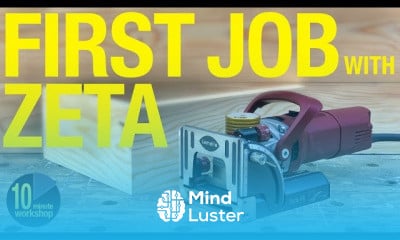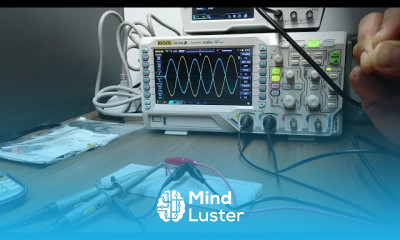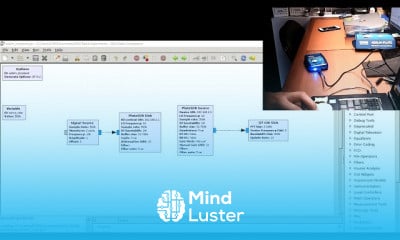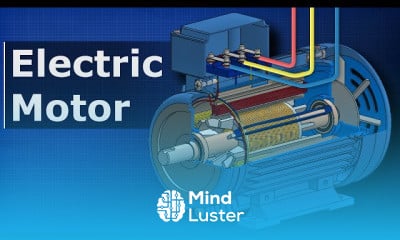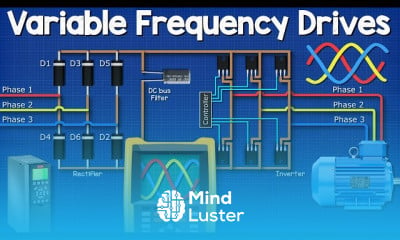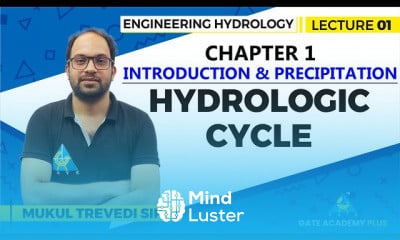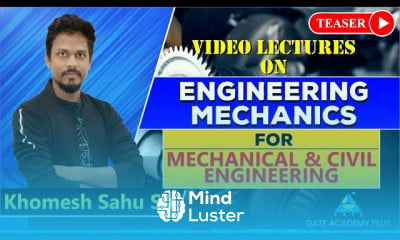why CT Secondary should not kept open at load condition in Tamil
Share your inquiries now with community members
Click Here
Sign up Now
Lesson extensions
Lessons List | 5
Lesson
Comments
Related Courses in Engineering
Course Description
Current transformer working course,
in this course we will delve into the fundamental principles and operational mechanics of current transformers (CTs). Starting with an introduction to the basic function of CTs, which is to convert high primary currents into manageable secondary currents for accurate measurement and protection in electrical systems, we will explore how these devices work. You will learn about the magnetic induction process that occurs when a high current flows through the primary winding, creating a proportional current in the secondary winding, which can then be safely measured by standard instruments. The course will cover various types of current transformers, including Bar-Type, Window-Type, Wound-Type, Split-Core, Protection, Measuring, and Rogowski Coil CTs, highlighting their specific applications and benefits. We will discuss the importance of CT ratio, accuracy class, and burden in ensuring precise measurements. Additionally, the course will address common issues, troubleshooting techniques, and best practices for installation and maintenance. By the end of this course, you will have a comprehensive understanding of current transformer working principles and be equipped to select and utilize the appropriate CT types for different electrical applications. Join us to master the intricacies of current transformers and enhance your expertise in electrical measurement and protection systems.
Trends
MS Excel
Python programming language
Learning English Speaking
Cybersecurity
Column Load calculation fundamental principles
Adobe illustrator tools for designers
Mobile Apps from Scratch
Management from A to Z
Control Systems CS
Design and Analysis of algorithms DAA
Graphic design rules for beginners
Mechanics of Solids basics
Elementary Soil Mechanics course
Advanced Soil Mechanics course
Downloading and installing tux paint for kids
Communication Skills
Ethical Hacking
Free energy fan design for home
Social Media Marketing Guide For Beginners
AI Writing tools in google docs for beginners
Recent
Website security basics
SEO for business growth for beginners
WordPress migration on bluehost for beginner
Influencer marketing essentials
Increase eCommerce sales ways
Content marketing works in 2024
Local SEO for multi location businesses
Ranking with google AI tools
SearchGPT for SEO and content writing
AI marketing fundamentals
Content marketing with AI tools
Inbound marketing growth strategies
Google Keyword Planner Forecasting
Google ads keyword planner forecasting
YouTube SEO techniques
Inbound marketing fundamentals
SEO for Inbound lead generation fundamentals
Surfside inbound marketing fundamentals
Google Ads conversion tracking techniques
Surfside Inbound marketing essentials










